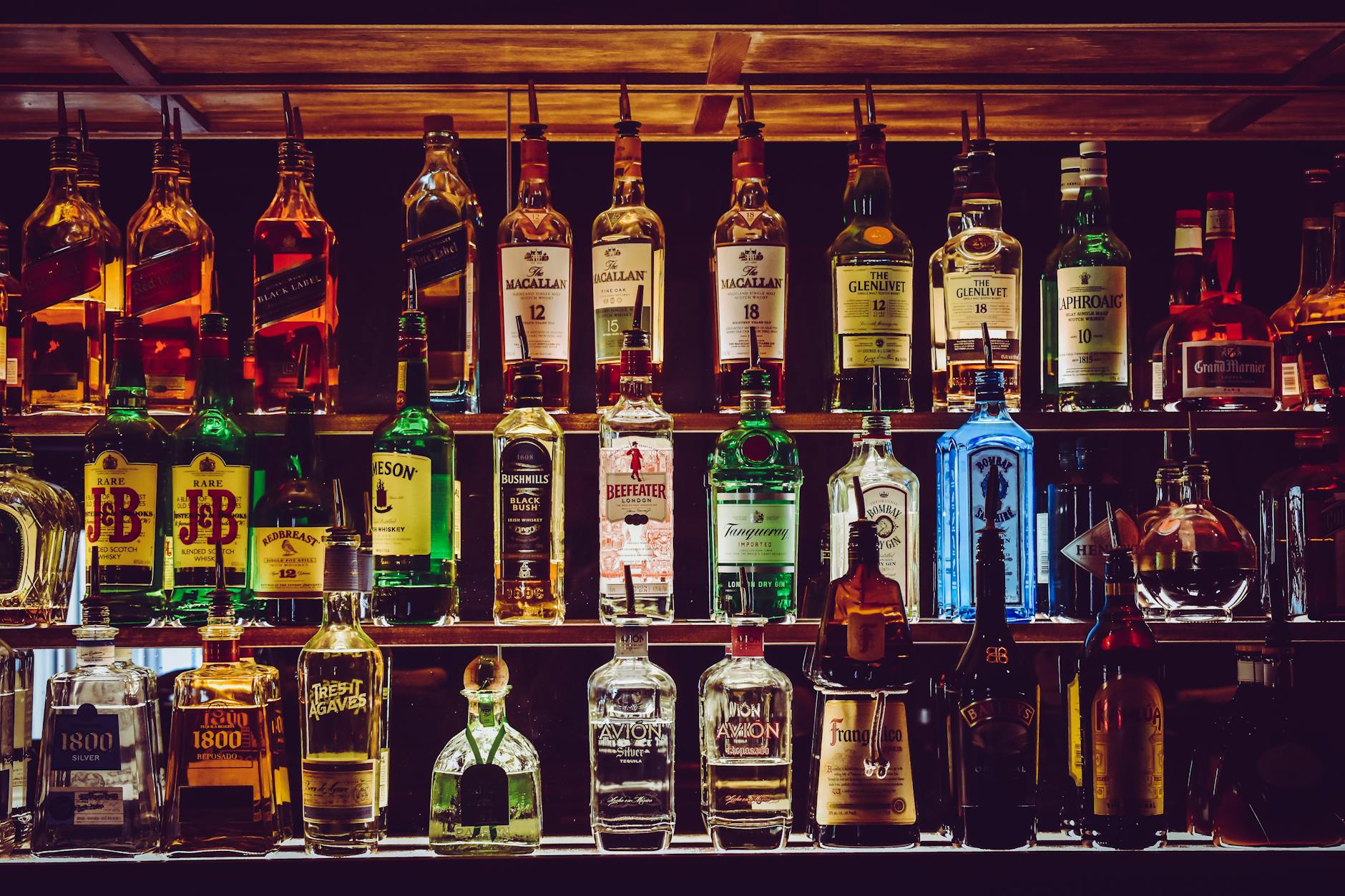Curious about how much beer it takes to get drunk based on your weight? Learn from a DUI lawyer’s perspective.

Image courtesy of Chris F via Pexels
Table of Contents
Alcohol affects individuals differently based on a variety of factors, making it challenging to determine precisely how many beers it will take for someone to become intoxicated. In this blog post, we will delve into the science behind alcohol metabolism and the factors that influence intoxication levels.
Factors influencing intoxication levels
Body weight and metabolism play a significant role in how alcohol affects the body. Generally, a person who weighs more will be able to consume more alcohol before becoming drunk compared to someone who weighs less. This is because alcohol is diluted in a larger volume of body fluids, leading to a lower blood alcohol concentration.
Gender differences also impact alcohol tolerance. Women typically have a higher percentage of body fat and lower water content in their bodies compared to men. As a result, women tend to become intoxicated more quickly than men when consuming the same amount of alcohol.
The rate of alcohol consumption is another crucial factor in determining how many beers it will take to get drunk. Drinking alcohol quickly can lead to a rapid increase in blood alcohol content, increasing the likelihood of intoxication. To avoid this, it is essential to pace yourself and drink alcohol slowly over time.
Additionally, food consumption can affect intoxication levels. Eating food before or while drinking alcohol can slow down the absorption of alcohol into the bloodstream, reducing the overall impact of the alcohol consumed. Consuming alcohol on an empty stomach can lead to quicker intoxication and potentially dangerous levels of alcohol in the system.
Understanding Blood Alcohol Content (BAC)
Blood Alcohol Content (BAC) is a key measure of alcohol intoxication and is used to determine legal limits for alcohol consumption. BAC is typically measured as a percentage, with 0.08% being the legal limit for driving under the influence in most states.
To calculate BAC, factors such as the amount of alcohol consumed, body weight, gender, and the rate of consumption must be considered. BAC levels directly correlate with intoxication levels, with higher BAC percentages indicating a higher level of impairment.
It is essential to understand your own BAC levels and how they relate to your tolerance for alcohol. By monitoring your BAC and being aware of legal limits, you can make informed decisions about when to stop drinking and avoid the dangers of driving under the influence.
Tips for responsible drinking and knowing your limits
When it comes to alcohol consumption, responsible drinking is key to staying safe and avoiding potential harm. Pacing yourself while drinking, alternating alcoholic beverages with water, and avoiding shots or high-proof liquors can help prevent excessive intoxication.
It is essential to be aware of the signs of alcohol intoxication, including slurred speech, impaired coordination, and changes in behavior. If you notice these signs in yourself or others, it may be time to stop drinking and seek assistance if necessary.
If you believe you may have a problem with alcohol abuse, there are resources available to help you understand and address your drinking habits. Seeking support from friends, family, or a healthcare professional can be the first step in managing alcohol consumption and maintaining a healthy lifestyle.
By understanding the science behind alcohol metabolism and the factors that influence intoxication levels, you can make more informed decisions about how many beers it will take for you to get drunk. Remember to drink responsibly, know your limits, and prioritize your safety when consuming alcohol.
Frequently Asked Questions
How many beers does it take to get drunk based on weight?
The number of beers it takes to get drunk varies depending on individual factors like weight, metabolism, gender, and alcohol tolerance. Generally, the higher your body weight, the more beers you can consume before becoming intoxicated.
Does food consumption impact alcohol intoxication levels?
Yes, eating food before or while drinking can slow down the absorption of alcohol into the bloodstream, reducing the overall impact. Consuming alcohol on an empty stomach can lead to quicker intoxication and potentially dangerous levels of alcohol in the system.
How does Blood Alcohol Content (BAC) affect intoxication levels?
Blood Alcohol Content (BAC) is a key measure of alcohol intoxication and correlates directly with impairment levels. Monitoring your BAC levels and understanding legal limits can help you make informed decisions about alcohol consumption, especially when it comes to driving under the influence.
What are some tips for responsible drinking and knowing your limits?
To drink responsibly, pace yourself, alternate alcoholic beverages with water, and avoid shots or high-proof liquors. Be aware of signs of intoxication like slurred speech and impaired coordination. Seek help if you believe you have a problem with alcohol abuse and prioritize your safety when consuming alcohol.
Generated by Texta.ai Blog Automation
Leave a Reply